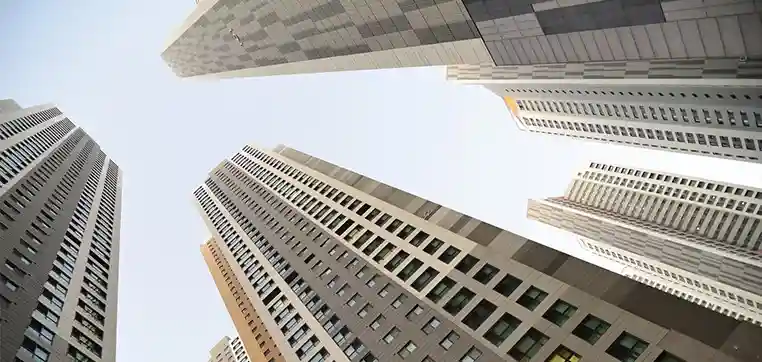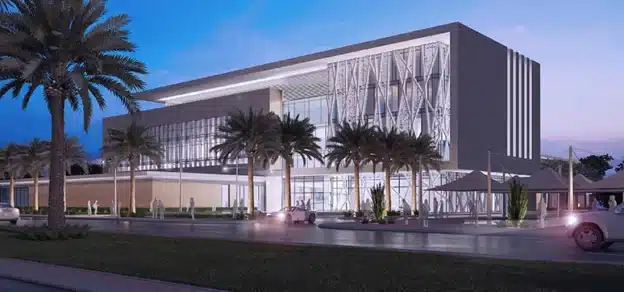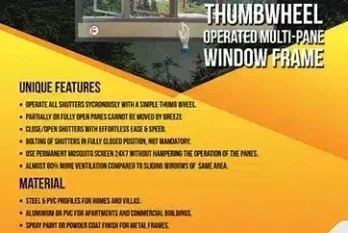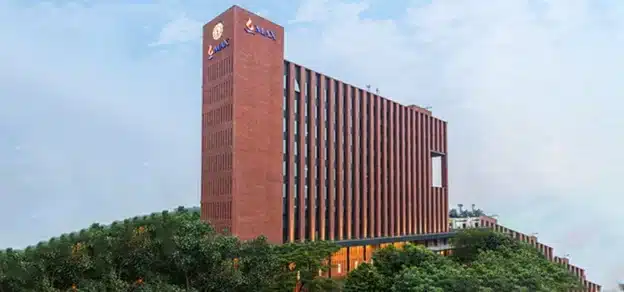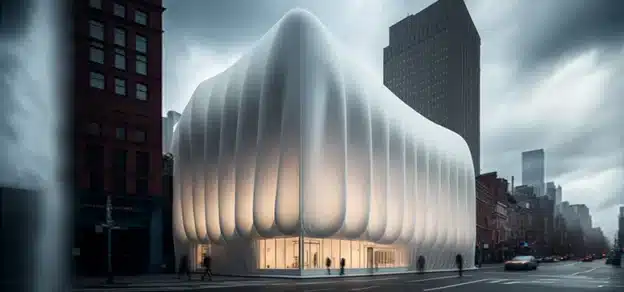Net-Zero and Sustainability
Climate change is one of the most significant problems facing our world today. It impacts everyone on our planet and people are the main cause of that disruption. The man-made built environment is contributing negatively towards the increase of greenhouse gas emissions and the whole climate change issues. Countries across the globe are taking decisive measures to reduce GHG emissions and committing to achieving net-zero energy and carbon neutrality.
Net-zero is all about conserving water, reducing energy use and carbon emissions, eliminating waste, and thus more financial benefits arise, helping economies thrive, supporting communities socially, and ensuring a resilient and sustainable environment. To achieve net-zero energy, a balance is needed between the demand and supply in the built environment which can be done if we worked towards that goal for decades. Countries are setting 2050 and 2060 to achieve net-zero and launching initiatives, signing agreements, and making commitments on the ground to make things happen and to ensure our targets and KPIs are met by that date.
Façade and Sustainability
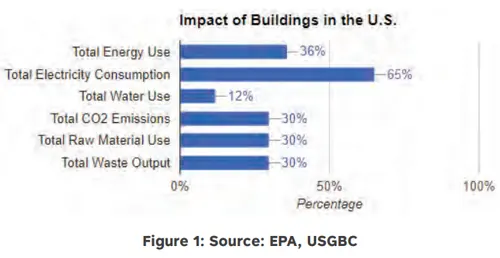
The design of the envelope and façade has a major role to play to achieve the net-zero target. According to US EPA, the buildings are consuming 36% of the total energy consumption, 65% of the total electricity consumption, and 30% of the total CO2 emissions. environment including all the outer elements of a building “walls, roof, windows, doors, and fenestrations” is vital for sustainability and netzero targets.
Integrated Façade Design Process
The conventional approach in designing façades won’t allow us to achieve net-zero targets and there must be innovative methods and approaches to design our façades in a more sustainable and environmentally-responsive manner. An integrated design process is a start point to involve additional stakeholders from the sustainability industry who are working towards the achievement of net-zero targets and also to consider the whole lifecycle of the façade.
Integration between the different processes is required to increase the efficiency of the produced system and to ensure optimisation of the different systems being used. Thinking of the façade as a whole and complete system that includes MEP, lighting, interior and exterior finishes, structural elements, and shading devices means contributions by most of the project teams. With the newly emerging tools in designing façades, more integration will be required to ensure proper daylighting, increased thermal performance, and the ability to control the indoor environment through digital tools and BMS. By utilising that approach, new technologies, techniques, and methodologies will arise in material selection, simulation analysis, dynamic façades, digital transformation, and construction techniques.
Façade Material Selection Towards Net-Zero

Reaching net-zero through façade doesn’t mean that we must highlight any key innovative material selections, on the contrary, we should start by emphasising the importance of materials lifecycle, durability, and adaptability of the selected materials and ensure taking these factors into account first. Materials like steel, aluminium, glass, and concrete have a very high embodied carbon which is being released during the manufacturing process, while regional and local bricks and wood have significantly lower embodied carbon emissions. With that in mind, innovative façade solutions shall also consider the embodied carbon emissions and not only the structural performance or financial aspects of the new systems.
Ensuring a complete and thorough understanding of the lifecycle of the materials will reduce the embodied carbon, greenhouse gas emissions, and will extend the service of that materials, or system. Considering an environmental product declaration where the manufacturer is disclosing the lifecycle information of the material used will allow project teams to assess the suitability of the material against the targets that have. EPDs are revealing the global warming potential of material and will provide clear figures which can be compared against the industry-wide performance values to assess the materials. Another important factor is the maintenance, upgrades, and repairability which are not performed properly and that often results in major renovations that include replacing the entire façade and consuming a lot of new raw materials, and again not heading towards cradle-to-cradle and ending with wasted material.
Modularity and Prefabrication
Modularity is a concept that was used decades ago in building façades; however, it still needs to be mainstreamed due to its efficiency, adaptability, and sustainable benefits it provides. That will also impact positively the cost and time for the façade construction while reducing the carbon emissions from the irregular shapes and grids. Combining modularity with prefabrication which are components being assembled in factories instead of on-site, will allow for better-coordinated disciplines and systems in the façade and will reduce the energy consumption by automating the process in the factories.
High-Performance Façades

The impact of the façade on the energy consumption is huge since the outer layer of the building is directly facing the heat source which is the sun. Over the past years, various sustainability strategies were analysed including the optimization of the building orientation, site analysis, window to-wall ratios, glazing types, shading systems, and insulation parameters. It is still a very complex process to control and balance the admission of daylight and prevent heat to the building without significantly increasing the cost of the building’s façade. As an example, Double-skin façades can be an effective way to manage the solar heat gain and allow for daylighting and that will ensure the cooling loads are reduced, and dependence on daylighting will allow the reduction in artificial lighting usage.
A complete energy modelling simulation that takes into account the thermal transmittance through the different skin materials and how each component is performing in terms of thermal resistance is critical to providing a highly efficient building. A digital twin to the existing building can mimic the performance and provide detailed analysis on how the building performs against a set of predetermined parameters and all shall lead to the net-zero target through utilising the performance of the building.
What about the Future?
To be able to achieve net-zero targets, more innovative initiatives, products, and projects will be required in the built environment sector and that should be combined with the digital transformation movement and the new technology trends. The Future is still uncertain with lots of opportunities available, however, we can build on the existing technologies, and it is our role to research and develop new techniques using the tools that will arise in the future. Awareness of the problem is the first step, understanding the targets required is second, and action is our third and most vital solution to reach the net-zero target in the building’s façade.
